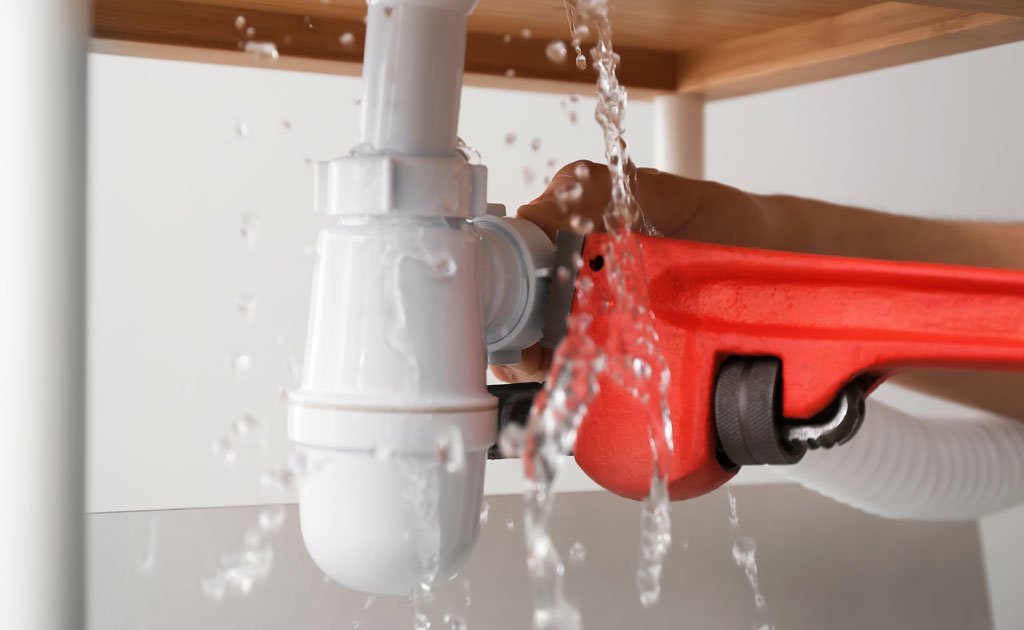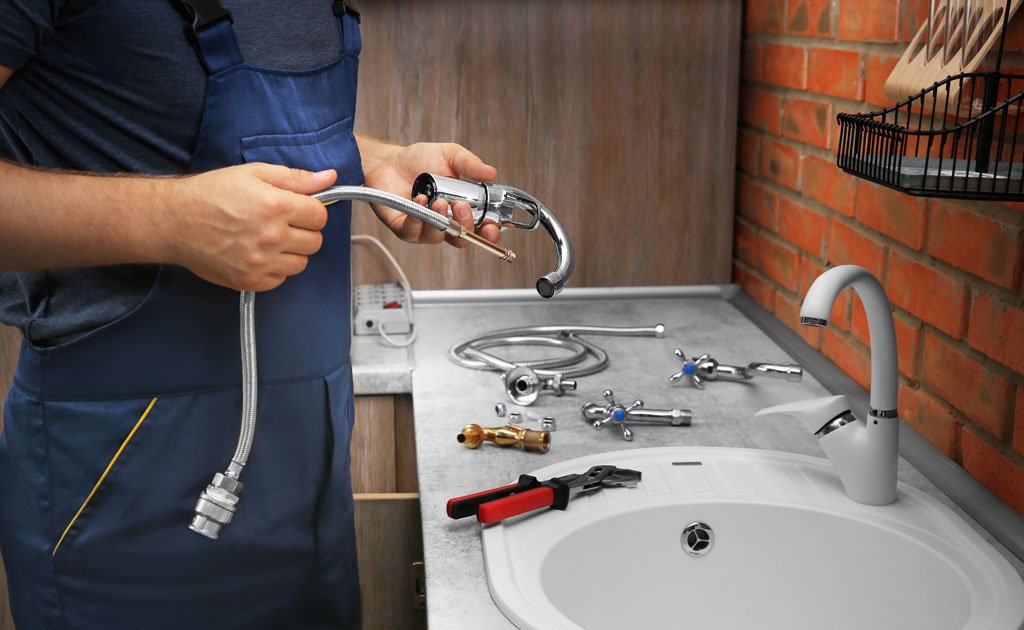While poor usage is one of the most common causes of drain blockage, it is not the only one. No matter the cause or the severity, most of us go straight to using a chemical cleaner. But don’t dump chemicals in the drain yet. There’s a time for it, and it’s not now.
Let’s first try to unclog your drains using plumbing-friendly practices. The 8 tips in this article will help you eliminate the drain block without resorting to chemical alternatives and without needing an expert plumber.
But first things first:
Cause of the Blocked Drain?
You know the best about your home. So, if you can trace your steps back or observe your activities, you can easily find the cause of the block. Here are some of the grounds you might want to check.
- Accidental Flush: You or your kids may have recently flushed down some object accidentally, and it may have blocked the water flow.
- Grease Buildup: Grease and other particles may have accumulated over time and caused a block in the drain.
- Hard Water Deposits: Mineral deposits like calcium and magnesium may have collected inside pipes, narrowing the passage for water flow.
- Hair and Debris Accumulation: Even after the utmost care, some debris may have still made its way into the drain, accumulating over a period of time.
Clearing Drain Blockage?
Plumbing problems, especially blocked drains, are nightmares for householders. They create unhygienic conditions, such as smelly rooms, and disrupt the whole day. But you can fight them with the following 8 handy DIY tips. With these in mind, you will be able to deal with a blocked drain any day, any time.
1. Boiling Water Method
Boil and pour a kettle of water down the blocked drain. In just a few minutes, you will notice the clog clearing away little by little. This is the most basic way to deal with a drain blockage caused by grease buildup.
2. Plunge the Clog Away
When your drain is blocked, all it needs is a good plunge sometimes. That’s why every plumber recommends their clients maintain a well-working plunger at home for such unexpected situations. However, this is only effective for solid blocks.
Coming to its usage, you simply place the plunger on the drain and stroke up and down with a good amount of force. Make sure the plunger covers the entire drain opening.
3. Baking Soda and Vinegar Solution
For bathrooms and kitchen drains, you can try a homemade solution. It’s a three-step process that goes like this:
- Pour boiling water into the drain.
- Add half a cup of baking soda next and let it sit for some time.
- Pour a mixture of one cup of vinegar and hot water at last.
Now plug the drain for five to ten minutes, leaving the mixture to react. Finish off with one last flush of boiling water. The clog should go away within no time.
4. Unclog with a Wire Hanger
If you have none of the plumbing tools, you can simply use a wire hanger that’s lying in your cupboard. Unbend the hanger with a hook at one end of it. Now insert it into the clogged drain and fish out the debris that caused the clog. This is so effective yet so simple to handle, even without any experience.
5. Check the U-bend
Normally, when a drain blocks, the first thing one needs to do is check the U-bend. It’s where the blocks usually lurk, and it’s easy to check. Place a bucket underneath the drain pipe and unscrew the two connections. Clear the pipe and give it a quick wash.
That’s all you need to do.
6. Use a Plumbing Snake
A plumbing snake, otherwise called an auger, is a long and flexible tool designed to go deep into drains. It breaks up the blockage and makes it easy to push the waste out of the system.
Using it is also rather straightforward. Insert the snake into the drain and turn it clockwise while pushing it forward. This motion helps dislodge the blockage gently. Once the obstruction is cleared, pull the snake out and flush the drain with hot water.
7. Blast a High-Pressure Jet
Do you suspect that the block is more severe? In that case, you can use a high-pressure jet blaster. You usually need a plumber for this, as it’s advanced equipment that needs professional handling. However, we have smaller and more compact alternatives these days, evolving into more user-friendly equipment. You can get it from any online or offline store and use it without any trouble by following the user’s manual.
8. Break Down Debris with Natural Enzymes
Use enzymatic drain cleaners to break down organic matter, such as hair, grease, and food particles. It’s basically natural enzymes and bacteria feeding on organic material in your drains. These cleaners are safer and environmentally friendly than chemical cleaners, which is why they are a popular choice among householders.
However, you need to remember that enzymatic cleaners are not as fast as chemical cleaners, so you need to give them some time to work their way through—say, a few hours to overnight. So, it’s useful only for simple clogs. Otherwise, you can include them in your regular drain maintenance to keep clogs from forming in the first place.
Clog Still Not Cleared?
In case none of the above DIY techniques work on your drain blockage, it’s clear that you need professional help. Plumbers will have more tools and techniques at their disposal, which lets them handle such stubborn plumbing issues.
Here are a few services you might consider for your home:
CCTV Drain Inspection
If the clog persists, you may try conducting a CCTV drain inspection. This service can help you pinpoint the exact cause of the problem—cracks, leaks, or collapsed pipes. With this knowledge, you can find an appropriate solution that can address the problem quickly and efficiently.
Tree Root Removal
In case none of the DIY techniques worked out, there’s a possibility of tree root intrusion in your pipes. Call for professional plumbers. They will use specialised tools to remove the obstructing roots and also take necessary precautions to prevent them from regrowing. Some of the methods used to resolve this problem include chemical treatments, trenchless pipe repair, and root cutting using machines.
Pipe Relining or Replacement
Lastly, your pipes may have taken a serious toll over the years, either due to age, corrosion, or structural damage. If so, you can consider pipe relining or replacement. Pipe relining involves installing a new lining inside the existing pipes, while a replacement is installing a new pipe altogether. Both these methods can help you well in putting an end to frequent drain blockages and ensure good long-term plumbing performance. Your plumber can assess the condition of your pipes and recommend the best way to restore them.
Final Takeaway:
One last tip to ensure healthy drains in your home is to have regular preventative plumbing maintenance from a professional. NLK Plumbing is an expert with decades of work experience and industry advancements. Clearing blocked drains is particularly a specialised area for us. So you can reach out to our team confidently. We will give your plumbing only the best!



